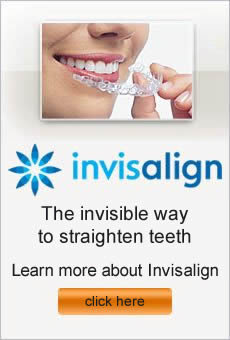Orthodontic Treatment Using Palatal Expanders
One of the tools orthodontists may use to help you achieve a perfect smile is called a palatal expander, which is an appliance that gently widens the upper jaw so that it fits properly with the lower jaw. The goal is to expand the jaw to avoid overcrowding of the teeth. Not every patient needs an expander, but if you do here are some common questions answered.
Who needs an expander?
Your orthodontist will evaluate if your jaw needs to be widened in order to get the results you desire. Expanders work best for people under age 15, because the jaw bones are still pliable and the roof of the mouth has not completely finished growing.
How does it work?
The palatal expander is made up of a screw attached to your upper teeth by bands secured around your molars. It is activated by turning the screw with a key. You will do this yourself after specific instructions from your orthodontist. The expander remains attached in your mouth until your doctor indicates it’s time to remove it.
Does it hurt?
As with many treatments for your mouth, it will take a few days to get used to the palatal expander. There may be some lisping at first, but your speech will return to normal as you get used to the device. You might feel slight pressure when the expander is activated with the key. Pain is rarely experienced, but over-the-counter pain medication usually relieves the discomfort.
How long do I have to wear the expander?
Treatment length varies among patients, but often expanders remain in place for 3-6 months. It is vital to follow your orthodontist’s instructions for activating the expander, in order to achieve the desired results within the anticipated timeframe. You will have periodic visits to your doctor to make sure the appliance is in the right place and is tight enough.



